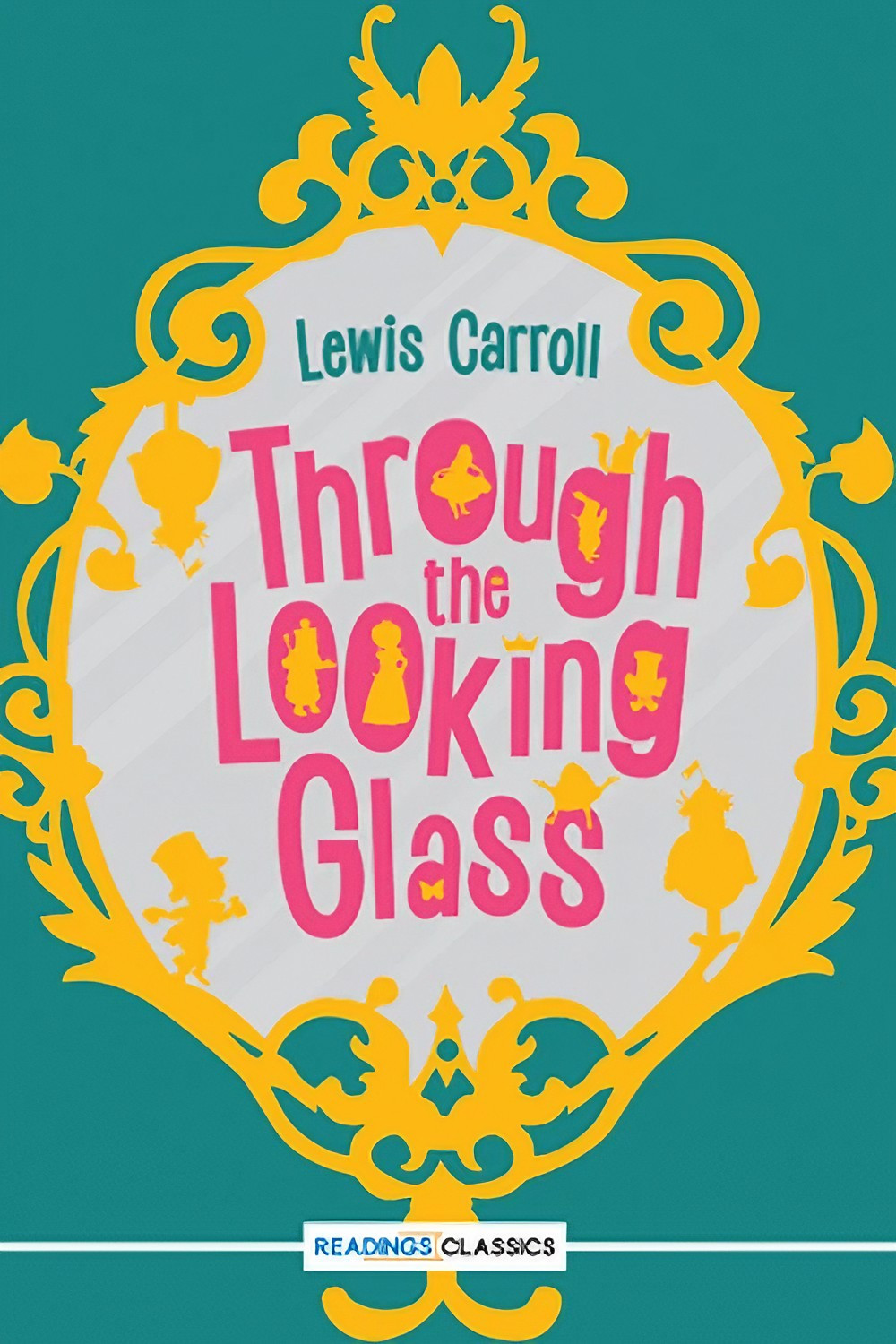Through the Looking-Glass
Author: Lewis Carroll
Pages: 144
Language: English
"Through the Looking-Glass" follows Alice as she steps through a mirror (the looking-glass) in her home and enters a fantastical world that is a mirror image of her own. In this surreal and whimsical world, everything is reversed, including logic, time, and space. The landscape resembles a giant chessboard, and Alice soon finds herself as a pawn in a chess game, journeying across the board with the goal of becoming a queen.
As she moves through this strange land, Alice encounters a series of peculiar and memorable characters, such as Tweedledum and Tweedledee, Humpty Dumpty, the White Queen, and the Red Queen. Each encounter presents its own riddles, poems, and bizarre conversations that challenge Alice’s understanding of reality and logic. The book is known for its wordplay, nonsensical verse, and imaginative storytelling, all of which reflect Lewis Carroll's love for mathematics, logic, and the absurd.
Highlights of "Through the Looking-Glass":
Inventive Wordplay and Nonsense Poetry: Carroll's use of playful language, puns, and nonsense poetry, such as "Jabberwocky" and "The Walrus and the Carpenter," adds a unique charm and depth to the narrative. These elements engage readers with both their humor and their underlying logical puzzles.
Unique Characters and Philosophical Dialogues: The book introduces an array of eccentric characters, each embodying different aspects of human nature, logic, and philosophy. Their whimsical yet thought-provoking dialogues often contain deeper meanings and reflections on life, identity, and perception.
The Chessboard Motif and Thematic Exploration of Opposites: The chessboard landscape and the idea of moving from pawn to queen serve as a metaphor for growth and self-discovery. Themes of opposites, such as reality vs. illusion and order vs. chaos, are explored in imaginative ways throughout Alice's journey.
Timeless Appeal and Influence on Popular Culture: The book's surreal world, memorable characters, and clever wordplay have made it a timeless classic, influencing countless works of literature, art, and film, and leaving a lasting mark on popular culture.
These highlights make "Through the Looking-Glass" a captivating and thought-provoking sequel that continues to enchant readers with its blend of whimsy, logic, and philosophical reflection.
